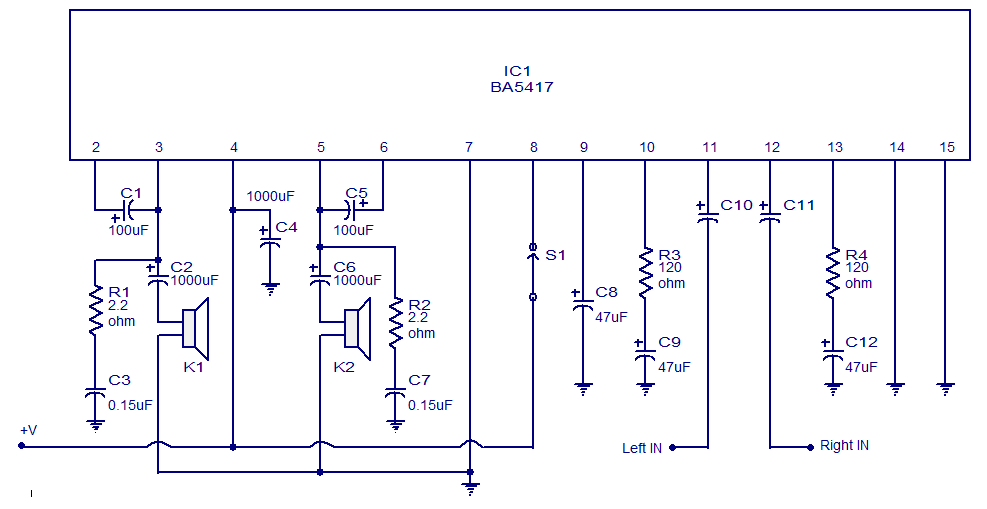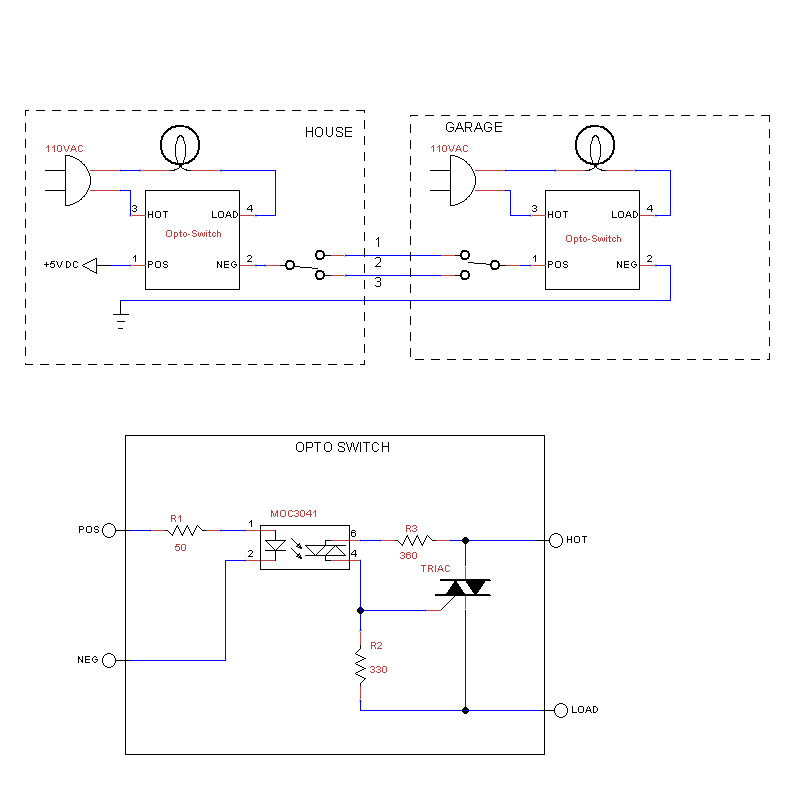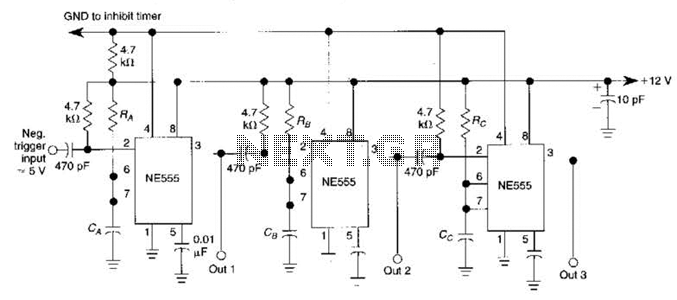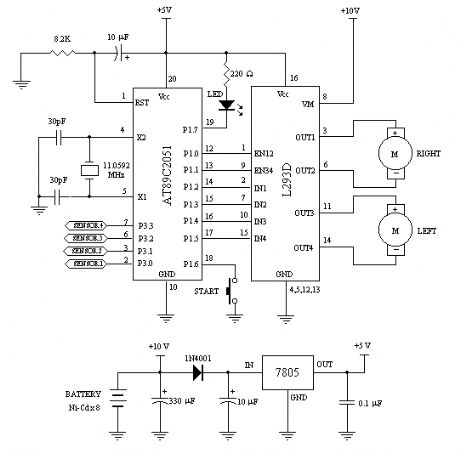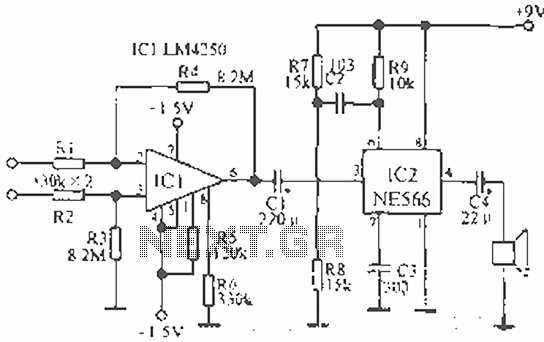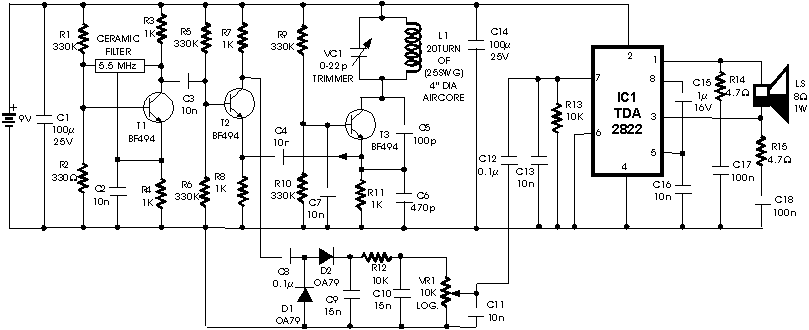
Oscillator used in Joule thief circuit
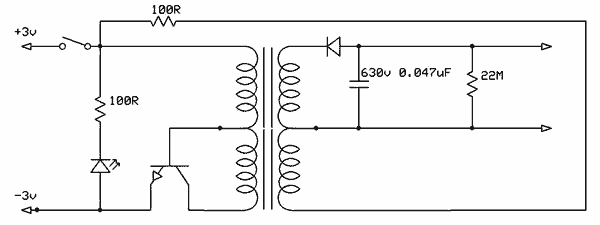
Free energy motors and generators are available for purchase, featuring plans for overunity devices. These devices resemble oscillators used in Joule thief circuits, although there may be some errors present in the designs. However, the concept remains clear.
Free energy motors and generators are often associated with the concept of overunity, where the output energy exceeds the input energy. This concept is frequently met with skepticism in the scientific community due to the laws of thermodynamics, particularly the conservation of energy. The designs being offered may include various types of oscillators, such as those found in Joule thief circuits, which are known for their ability to extract energy from low-voltage sources, such as batteries nearing depletion.
A typical Joule thief circuit consists of a few key components: a transistor, a resistor, a transformer (or inductor), and a power source. The transistor acts as a switch that rapidly turns on and off, allowing current to flow through the transformer. This switching action induces a voltage in the secondary winding of the transformer, which can be higher than the input voltage, effectively boosting the energy output.
In the context of free energy motors and generators, modifications to this basic design may include additional components such as capacitors and diodes to enhance efficiency and energy storage capabilities. These modifications can potentially lead to more effective energy harvesting and conversion processes. However, it is crucial to approach these designs critically, as many claims surrounding overunity devices lack empirical validation.
When constructing or analyzing these devices, it is important to ensure that all components are rated for the expected voltages and currents to prevent failure. Additionally, careful attention should be given to circuit layout to minimize losses due to resistance and parasitic capacitance. Testing and validation of the circuit's performance should be conducted under controlled conditions to assess its efficiency and functionality accurately.
In summary, while the concept of free energy motors and generators presents intriguing possibilities, it is essential to approach the designs with a technical understanding of the underlying principles and potential limitations.Free Energy Motors Generators they are offering to purchase some plans of overunity devices. This looks very similar to oscillators used in the Joule thief, etc. and I think there may be a few mistakes in this one, but the idea is clear. 🔗 External reference
Free energy motors and generators are often associated with the concept of overunity, where the output energy exceeds the input energy. This concept is frequently met with skepticism in the scientific community due to the laws of thermodynamics, particularly the conservation of energy. The designs being offered may include various types of oscillators, such as those found in Joule thief circuits, which are known for their ability to extract energy from low-voltage sources, such as batteries nearing depletion.
A typical Joule thief circuit consists of a few key components: a transistor, a resistor, a transformer (or inductor), and a power source. The transistor acts as a switch that rapidly turns on and off, allowing current to flow through the transformer. This switching action induces a voltage in the secondary winding of the transformer, which can be higher than the input voltage, effectively boosting the energy output.
In the context of free energy motors and generators, modifications to this basic design may include additional components such as capacitors and diodes to enhance efficiency and energy storage capabilities. These modifications can potentially lead to more effective energy harvesting and conversion processes. However, it is crucial to approach these designs critically, as many claims surrounding overunity devices lack empirical validation.
When constructing or analyzing these devices, it is important to ensure that all components are rated for the expected voltages and currents to prevent failure. Additionally, careful attention should be given to circuit layout to minimize losses due to resistance and parasitic capacitance. Testing and validation of the circuit's performance should be conducted under controlled conditions to assess its efficiency and functionality accurately.
In summary, while the concept of free energy motors and generators presents intriguing possibilities, it is essential to approach the designs with a technical understanding of the underlying principles and potential limitations.Free Energy Motors Generators they are offering to purchase some plans of overunity devices. This looks very similar to oscillators used in the Joule thief, etc. and I think there may be a few mistakes in this one, but the idea is clear. 🔗 External reference
